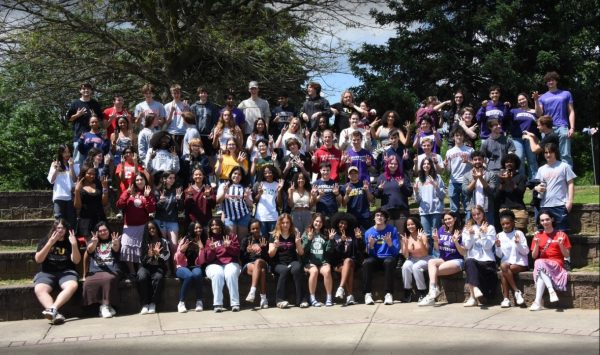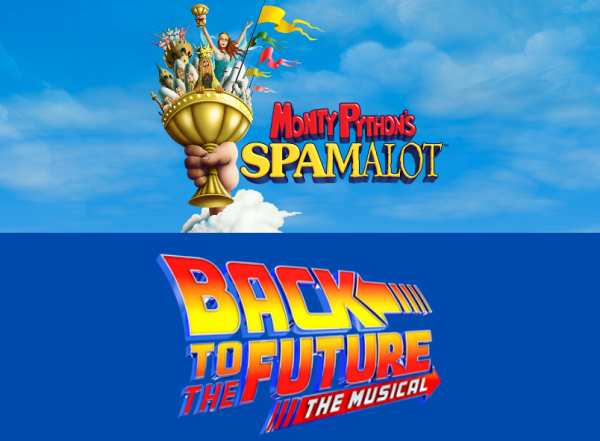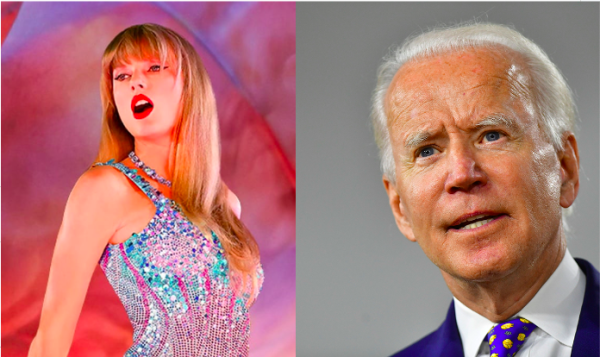SSFS Creativity During Hybrid Learning
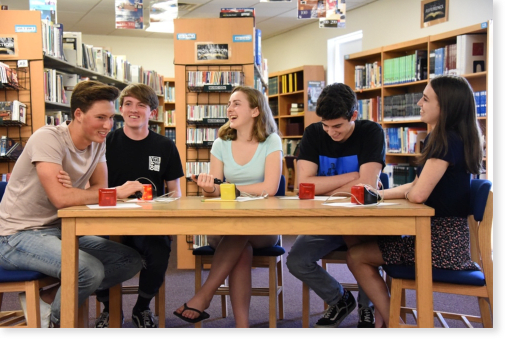
Any current high school student could tell you they have had to adapt to different learning styles over this past year. We are lucky at SSFS to have had a hybrid school option available since early February whereas many public schools had an in-person option available much later. Throughout these online to hybrid learning transitions many learning elements and experiences have been altered- if not, lost. Among these elements are creativity and collaboration which have been discussed in many schools throughout the country.
I have experienced that hybrid school can have an isolating effect, and I often wonder if my peers have similar feelings about this year. To get a better sense of how SSFS students feel, I asked various highschoolers about their thoughts on whether creativity and collaboration have been stunted or expanded during this hybrid learning period. There were two main opinions gathered from these interviews.
The minority opinion gathered was that this period has actually increased opportunities and styles of creativity and collaboration. SSFS junior William Henderson explained that his engineering class has fostered lots of creative projects but there are still challenges. William explained, “It has been frustrating at times, but I have personally had to think outside of the box to complete my projects and group work to show my understanding but also produce a great product”. In his case, the inevitable strain of hybrid learning has stretched his thought process and led to more creativity. Although William has an unpopular opinion on his personal creativity compared to the other students, his thoughts illustrate some of the success of hybrid learning.
Most students from varying grades said that hybrid learning has stunted their creativity. Another SSFS junior Lilli Serota feels that there are less creative outlets as an emphasis on grades has heightened. She said, “Online learning in general has lessened my motivation in a lot of aspects, and one of the main ones is my creativity and thoughtfulness in schoolwork. I find myself thinking a lot more about due dates and turning things in now, rather than how much creativity or effort I put into assignments”. I too have experienced that submitting work online has restricted my creative ability and capacity both artistically and academically.
All interviewed students felt that collaboration was also stunted to a lesser degree. Students did however acknowledge examples of online collaboration such as the countless breakout room discussions and partner projects. While there are some opportunities for online collaboration, there are obviously limitations that parallel distanced learning. SSFS junior Richa Sharma explained why she feels collaboration is not the same during hybrid school: “When there are group projects, it’s mostly each person working on their own part and then combining it all at the end, rather than actual collaboration to create something together. It is difficult to solely collaborate online, especially if you aren’t familiar with the person”. This ties back to the idea presented by other students that projects are completed with a grade mindset as opposed to creative collaboration.
After having identified common limitations of collaboration students presented various solutions to these challenges. While aware of the extents of six feet distancing at school, many students suggested utilizing more spaces in the new upper school building. Students noted the strict limitation to the atrium during free periods and suggested that the available area be expanded to include some of the collaboration rooms. Many feel that it is hard to focus and collaborate effectively when everyone is confined to one big space. SSFS freshman Kairava Buchwald also suggested another solution to fostering collaboration: “Doing more creative projects would be fun and when it gets warmer I think they should do some classes outside”. Outdoor classes could not only facilitate collaboration but also allow for more lab experiences in science classes.
As the community continues to adapt to hybrid norms, it is important to consider areas of improvement and difficulty. Students should continue to voice their concerns and accolades about the successes and challenges presented by the current learning environment.
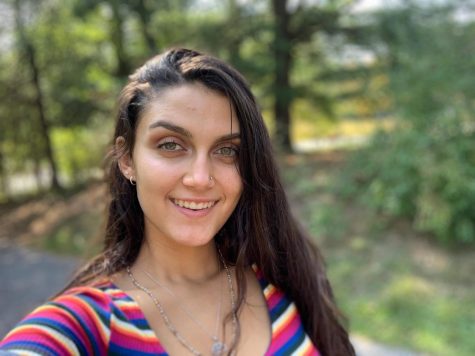
Hi, my name is Revati, and I'm super excited to be writing for Wildezine! I'm a senior, and this is my third year on Wildezine. I joined because I love...

